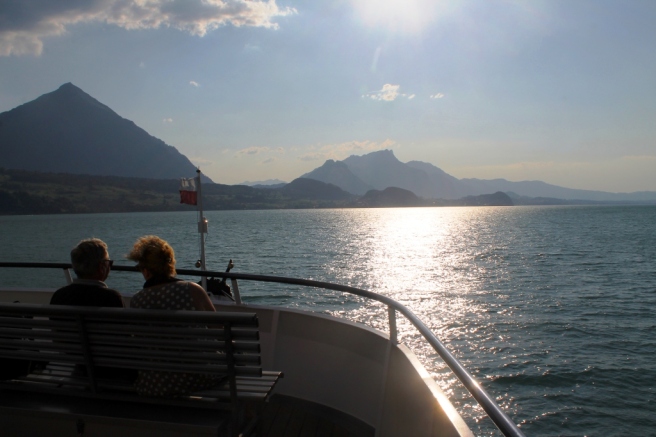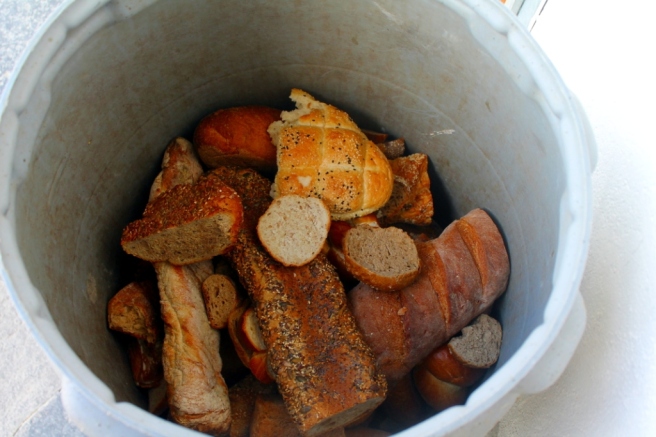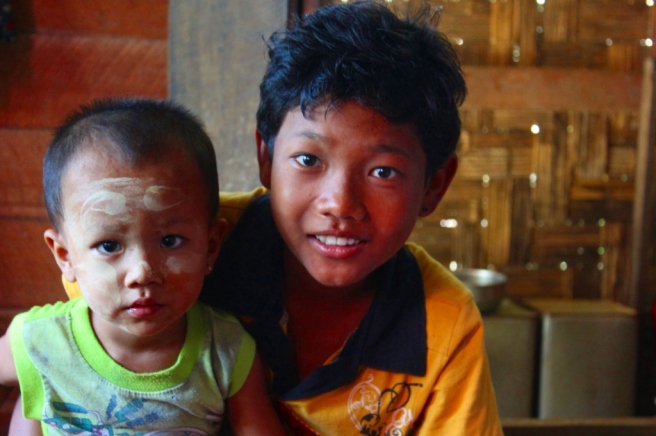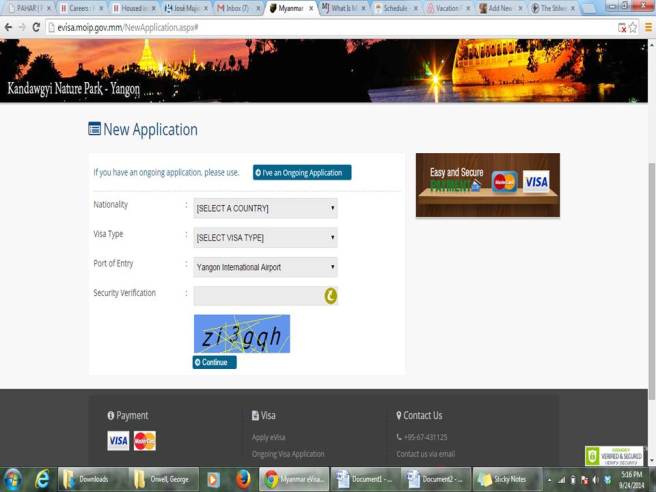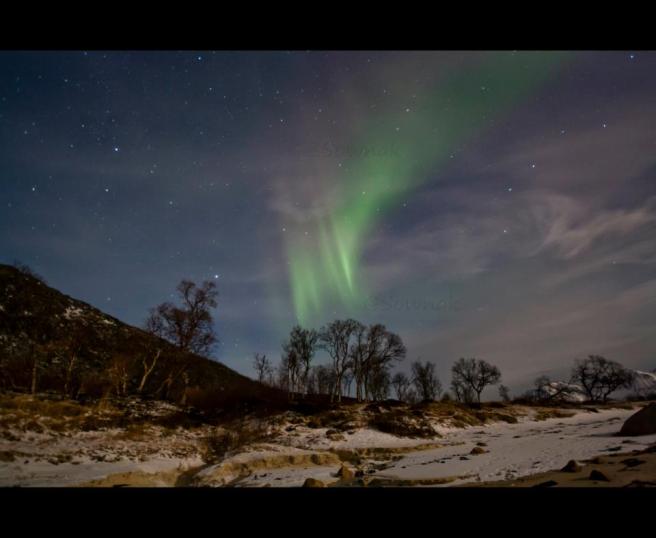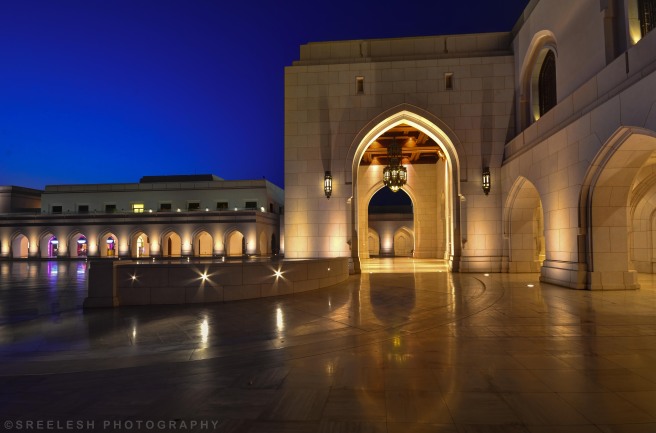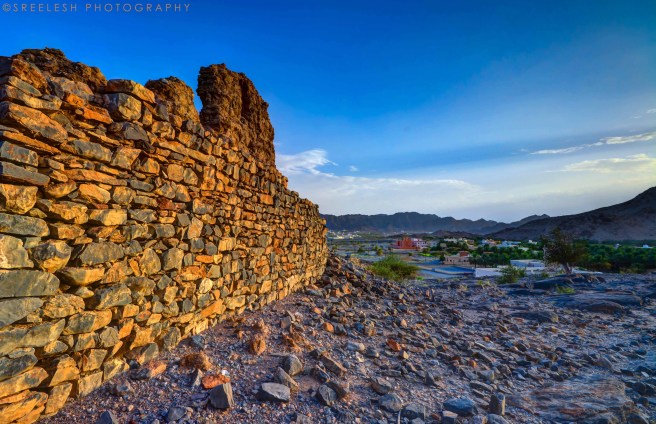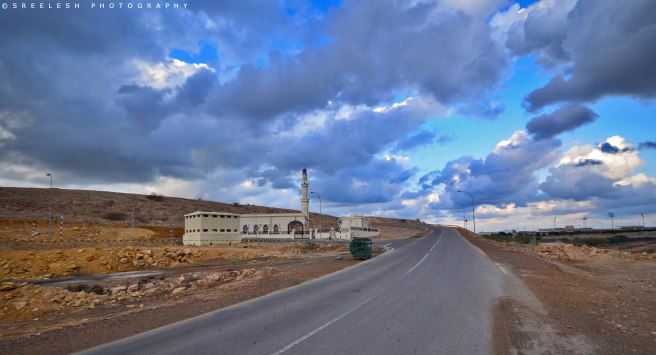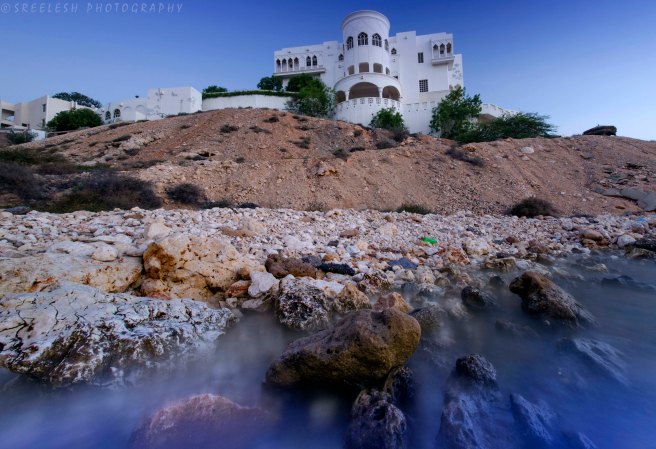Travelling with an Indian passport means you obtain visas beforehand, almost always. Visa is a huge part of your travel plan if you are an Indian. ‘Visa on arrival’ is a privilege Indian passport holders can only dream of in effusive terms. An Indian passport doesn’t inspire confidence with the consulate officials and it can be truly daunting to apply for four different visas for a trip.
Which is where I was when I planned my Trans-Siberian train trip. Here’s where, I think, a good visa agent comes in handy. Before I sought out an agent’s services, I read and reread the consulate websites of Russia, Mongolia, China and Japan (Japan is not technically a part of your Trans Siberian trip but I was planning to go there) and came away confused each time. The sheer number of documents (bank statements, hotel and flight bookings, a patronizing covering letter, IT filing proofs, trip schedules..phew) made me believe that I needed help.

Help arrived in the form of a good-natured visa agent called Prem, at the STIC Travels, Bangalore office. He assisted me in arranging for all travel documents, writing trip planners and cover letters for each visa and his visa wisdom was of immense help for me. Oh btw, you can use http://www.booking.com to do dummy booking to show hotel bookings while applying for your visa without losing a penny. If you have an extremely good visa agent, he/she will also help you with dummy flight tickets to help plan your visa because the consulates need your ticket proof to consider your visa application.
Here’s a short brief on the visas.
Russia
Unlike countries that have a fixed duration visa, Russia provides visa for the period you request for. My visa was valid starting the day of my trip started and ended two day after it ended. You will need a cover letter, hotel bookings, flight bookings, financial proof (attested bank statement for the past six months) to apply for the visa. You will also need an invitation letter from a Russian tour operator along with your visa application. I got this from Real Russia whose services I used for booking my train tickets. If you want to stay beyond 90 days in Russia, you will need an additional document to prove your HIV test results.
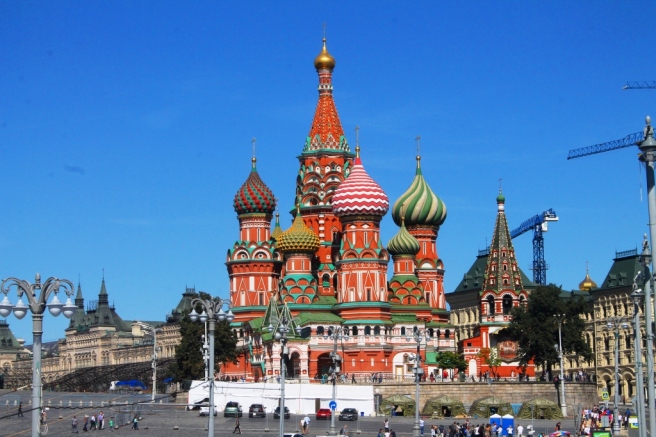

Mongolia
By far, I can say, the least complicated visa of the lot is the Mongolian visa. Mongolia gives you a 30-day visa. The usual documents – cover letter, hotel bookings, flight bookings, financial proof (attested bank statement for the past six months) are required to apply for the visa.

China
For an Indian, the Chinese visa can be tricky. I have had friends tell me that their visa applications are returned twice over for want of additional documents. Though you will need only the usual documents – cover letter, hotel bookings, flight bookings, trip planner and financial proof for the visa, the ease of you being granted the visa lies in how uncomplicated your trip planner is. In my case, I only visited Beijing and hence I think it was simple. I was granted a 30-day visa. Also, be prepared to go through extra scrutiny at borders if you are an Indian and be asked if you have enough cash / a visa card to survive your time in China. Humiliating yes, but hey aren’t we used to it by now?

Japan
The Japanese visa is also mostly fuss free to obtain. After submitting my application, I was called to the consulate because my signature in the cover letter did not match with my passport. Go figure! Otherwise, it took exactly three working days for the Japanese visa to be processed. All usual documents (cover letter, hotel bookings, flight bookings, trip planner and financial proof) apply. Though the Japanese visa is valid for three months, you can only stay for 15 days in the country.


Why not leave a comment and let me know if you have any visa wisdom from your travels? I would love to know. Do read this wonderfully informative post by Shivya Nath on travelling the world on an Indian passport by clicking here. Also, if you need Prem’s contacts, leave a comment and let me know.
Ps: With this, I end the series my Trans-Siberian trip. I will, however, publish stories on the places I visited during the trip. Follow the blog to read stories on the Russian / Siberian towns, Mongolia, China and Japan.




